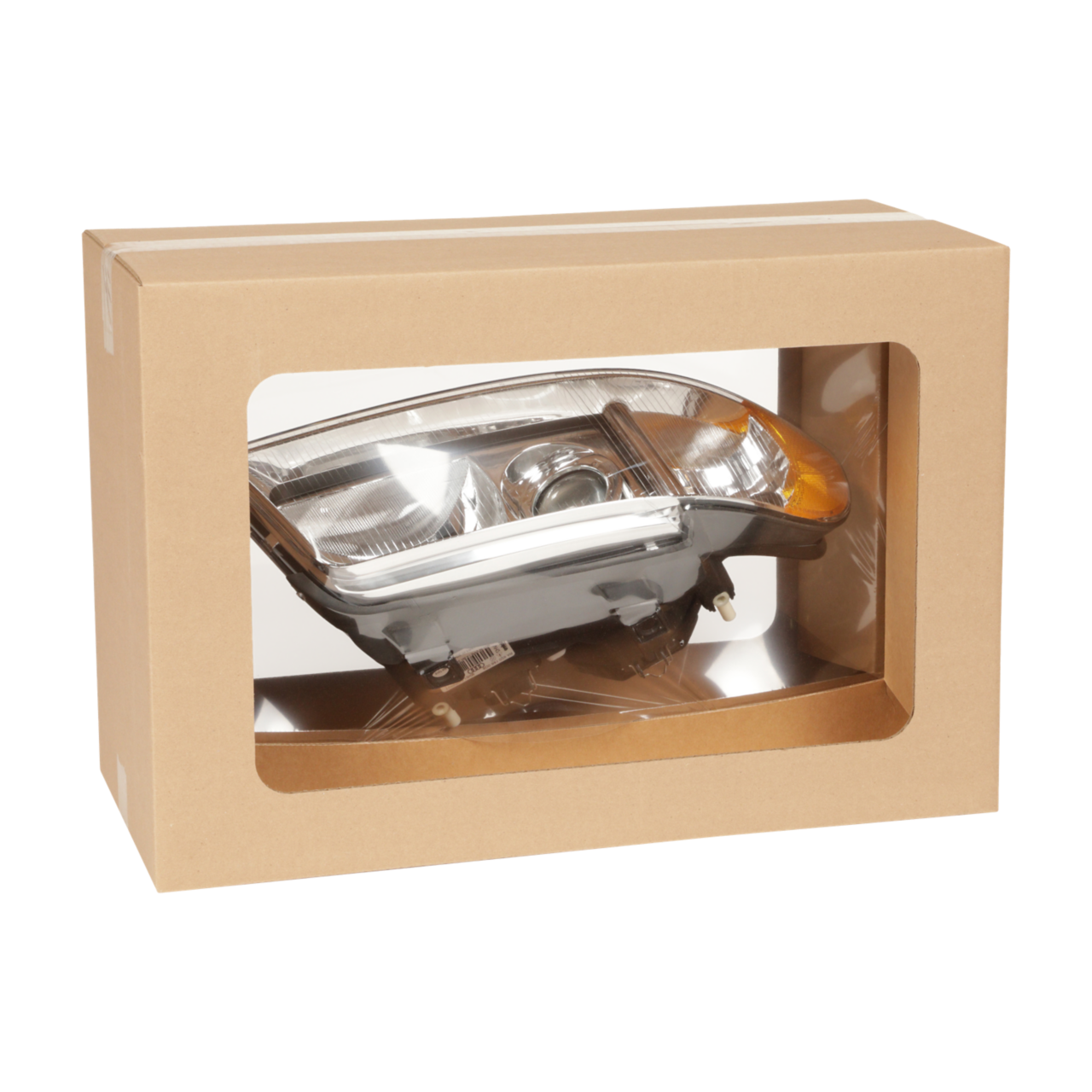Europe, Middle East, Africa (EMEA)
Asia Pacific (APAC)
Americas (AM)
- Automated Mailer Bags and Pouches
- Bubble Bags
- Bubble Bundles
- Fabricated Foams
- Flooring Underlayment
- Instapak® Foam Packaging
- Korrvu® Suspension and Retention
- Mailers
- On-Demand Inflatables
- Paper Void Fill Solutions
- Paper Wrapping Solutions
- Recycled Bubble
- Shrink Films
- Surface Protection Foams
- Temperature Assurance Bags and PUR
- Advanced Customer Training
- AUTOBAG® Product Resource Library
- AutoLabel Software Tools and Support
- Customer Service
- Custom Bagging Machine Applications
- Custom Engineering and Integrated Systems
- Factory Service Repair Center
- Field Service and Preventive Maintenance
- Financing and Payment Options
- Graphics, Art & Imaging for Custom Branded Bag Packaging
- Systems Advantage: The Total Systems Approach to Bag Packaging
- Technical Phone Support

Electric Vehicles Leading the Charge for Unboxing Auto Parts
Commonly associated with luxury items or consumer lifestyle products, the social media phenomenon of unboxing hasn’t yet reached products of a functional or more practical nature such as auto parts – but that’s about to change. For many people, the type of car they drive exemplifies the ultimate lifestyle product. And with the rise in popularity of electronic vehicles (EV), electric vehicle supply equipment creates an opportunity for parts manufacturers to acknowledge and plan for a consumer unboxing event.
Beyond traditional industrial packaging
An effective packaging solution will always need to consider the size, shape and weight of a EV charger. Units often feature a solid central component, a flexible charging cable, and more fragile parts such as outer cases and covers, which open and close. All these varying parts affect the distribution of a charging unit’s weight and generate different pressure points that create the risk of damage during transportation, storage and handling. And all this while offering optimal protection that avoids damage to a unit’s polished, gloss-finished surfaces and to its internal technology and microchips. While it can seem logical to start with traditional characteristics to inform an EV charger packaging strategy, focus on these alone may overlook the full value of creating and engaging customer experience.

Sealed Air offers a full range of packaging for automotive parts.

The opportunity for brand engagement
For consumers, part of the allure of the EV is the newness of the technology, which creates a certain intrigue and anticipation. Because an EV is also viewed as a responsible and sustainable switch from more conventional fuel vehicles, EV owners often appreciate the impression this makes on their families, neighbors, and friends. While some of the first EVs required charging units be hard-wired into a consumer’s home electrical service, as well as installation by a professional. These days, most charging units are portable, plug-in models that provide varying levels or charging speeds, depending on the type of equipment. While many EV owners opt for purchasing higher-speed, more robust charging units, whether provided as a standard feature at point of sale or purchased independently, the unboxing of this component provides a critical touchpoint in terms of brand. Either way, an EV charging unit should be packed in a way that aligns with consumer expectations of sustainability – including minimal waste, sustainable materials, exceptional protection, and yet easy and engaging to open.
Prioritizing the customer experience
The success of the unboxing moment is defined by a combination of no product damage, customization and engagement opportunities, and minimal, correctly specified packaging. In a first-mover market like electronic vehicles, packaging that reinforces environmental consciousness while serving the needs of a demanding consumer base will help manufacturers establish and build brands in this new and emerging marketplace.
More From Sealed Air

Connect With Us
Get answers to common questions about our company, products, services, and beyond by filling out the form below. A dedicated representative will contact you soon to better understand and address your specific needs..
* All fields required

Thank You
Thank you for reaching out. We've received your information and will respond shortly. We appreciate your interest in Sealed Air.
Are you sure you want to cancel your submission?
Your information will not be saved.




